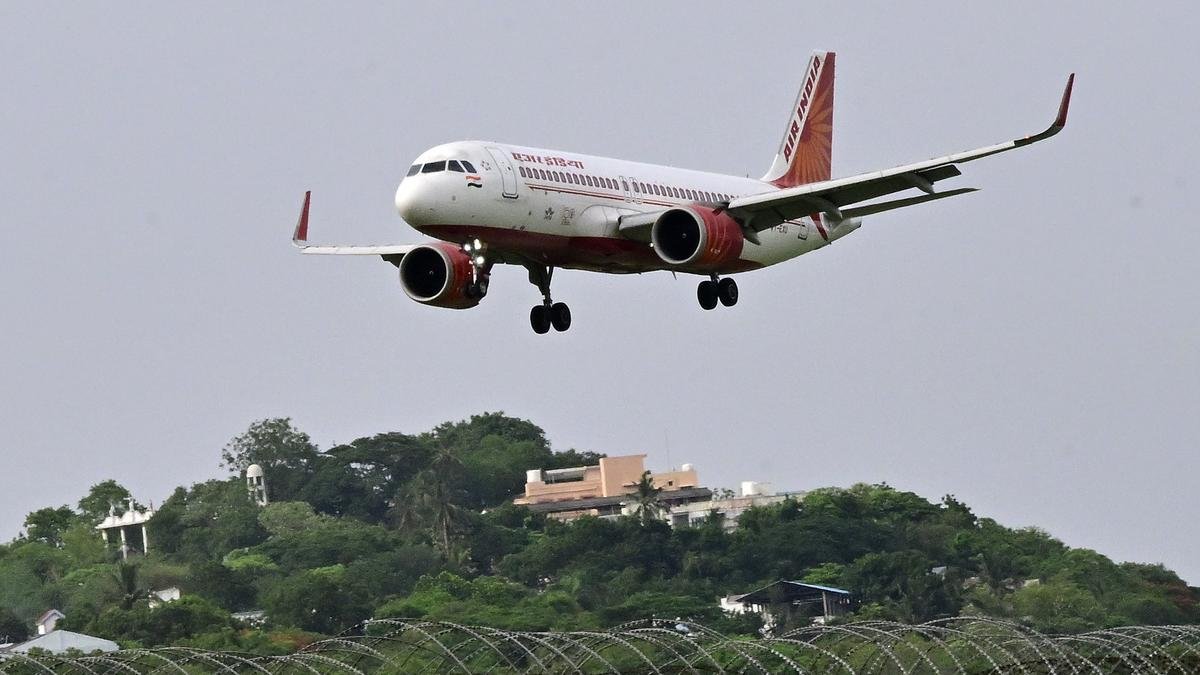DGCA asks Air India to reinspect RAT system on aircraft

India’s aviation safety regulator has asked Tata Group-led Air India to reinspect the emergency power source system RAT (Ram Air Turbine) for stowage in all aircraft whose power conditioning module (PCM) was replaced in the recent past.
On a technical basis, a RAT is an emergency power source that gets deployed automatically during critical system failures. It is designed to provide essential hydraulic and electrical power when an aircraft experiences a major loss of onboard power.
Accordingly, the Directorate General of Civil Aviation (DGCA) advisory read: “Air India has been advised to review the work package of ‘D’ Check for the actions required in view of change of PCM module, for any discrepancy.”
The advisory comes after an incident took place on October 4, 2025, when Flight AI-117 from Amritsar to Birmingham reported the deployment of the aircraft’s RAT during its final approach.
The system is rarely used and typically activates only when both engines fail or a major systems failure occurs—making its deployment an unusual and serious event.
However, Air India has clarified that despite the unexpected activation of the RAT, all onboard electrical and hydraulic parameters were reported to be normal.
Last week, India’s Civil Aviation Minister Ram Mohan Naidu said, “They (DGCA) have already gotten on the job. And once we get to know more details, we are going to reach out to the necessary stakeholders to further see what are the necessary things that we need to do so that these things don’t happen.”
Besides Air India, DGCA asked aircraft manufacturer Boeing to provide a comprehensive report outlining the preventive measures to be implemented in respect of the uncommanded RAT deployment incident.
The regulator has also asked Boeing to provide detailed information regarding similar un-commanded RAT deployments which have occurred globally on Boeing 787 series aircraft.
Published on October 12, 2025


